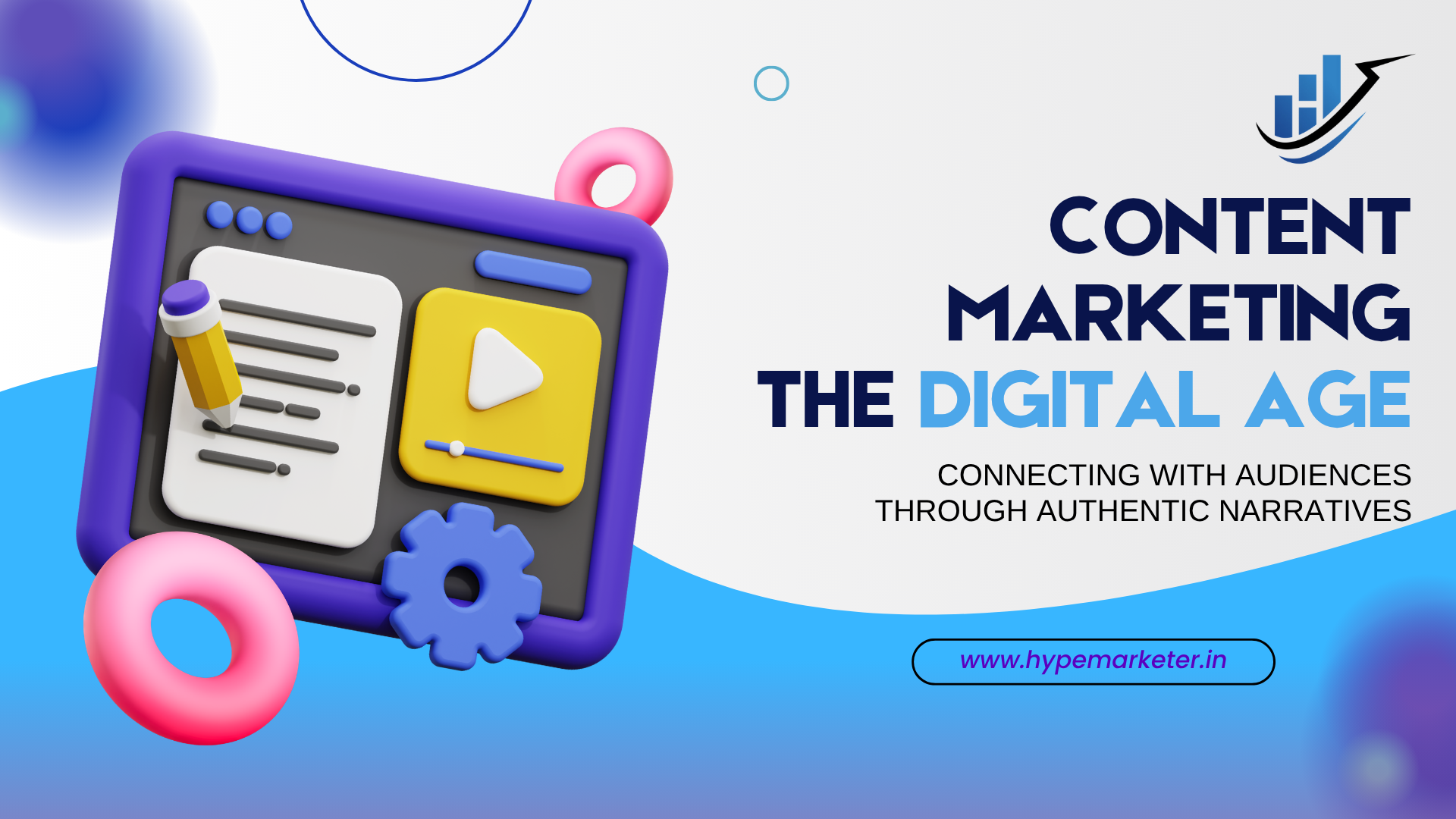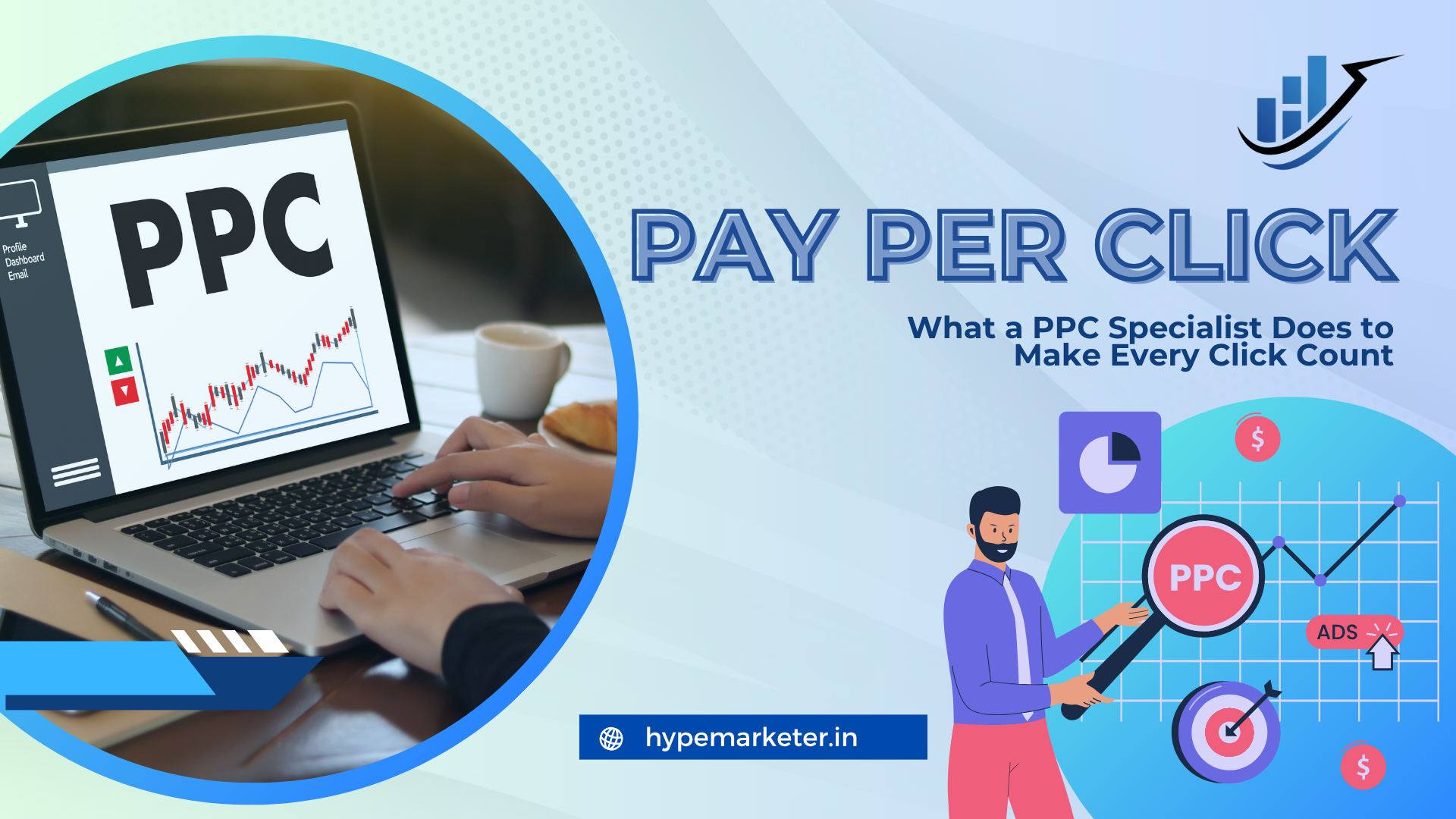The internet’s currency is content, and organizations may choose from a wide variety of content kinds to engage audiences, expand into new areas, and offer customers value.
But it can be challenging for marketers and companies to decide which sorts of content to concentrate on given the wide variety of material available. Various content kinds serve various functions. It’s crucial to use creative content marketing to maximize the effectiveness of your material since while some are about driving traffic, others are about data collection.
Therefore, let’s examine the top 7 content categories and how you may use them to promote growth and sales.
1. Blogs
Although blogging has been around for a while, it has evolved over time, particularly when it comes to companies adopting blogs to engage consumers.
You should write well-written, excellent, and pertinent blogs. In order to establish authority, trust, and connections with their audience and increase conversions, they should also concentrate on issues that interest them. A blog also has the advantages of being very simple to produce and post, shareable, and quickly found by search engines.
Find out five easy methods to establish a blog if you or your company don’t currently have one.
Best practices for blogging: If you don’t have a self-hosted blog, you may utilize services like Blogger, Tumblr, WordPress, and Tumblr (which has become more popular since Elon Musk took over Twitter).
However, blogging requires commitment, and in order to get readers, you must be willing to write frequently—at least once a week or every few days. Every post should have a CTA (call to action) and trustworthy internal and external connections to additional material.
Tip: To make sure you are reaching the proper audience and appearing in search results, optimize your content for SEO by include pertinent keywords (use an SEO Keyword Research Toolkit to assist you).
2. Listicles
Although they may appear a little gimmicky, list articles are very popular. This is due to the fact that when done well, they are simple to read, scannable, aesthetically beautiful, and engaging.
Listicles are simple to produce from the standpoint of content production since, once you have a topic and a number, all you need to do is research and fill in the blanks. However, it doesn’t mean you can just throw up a listicle without giving the content any attention, since it must be educational, pertinent, and of good quality.
Listicle best practices: Never forget to number your subheadings in a listicle and double-check that the number corresponds to the headline to avoid confusing viewers. Lists should still have introductions and conclusions, just like other content categories, and they should be keyword-optimized. You can include as many numbers as you like in your lists; large lists are just as appropriate as short ones, but it’s always crucial to pay attention to the specifics.
Tip: Creating interesting and original names is a crucial component of producing list articles, but make sure the heading corresponds to the content.
3. Ebooks
Long-form information known as ebooks is produced as electronic books and made accessible as PDF or HTML downloads.
You may use this kind of material as a fantastic platform to share your knowledge and experience on a certain subject. Ebooks provide a variety of advantages, such as lead generating, authority building, expanding email lists, and enhancing your total content offering.
The primary goal of an ebook should be to offer answers; otherwise, your readers won’t find it useful. Reduce the amount of time you spend promoting as a result, and concentrate more on broad-based fixes. A good rule of thumb for ebooks is to minimize the promotional content because you’ve already obtained their contact information.
Ebooks may be lengthy, so use chapters, subheadings, bullets, pictures, infographics, and other engaging formatting features to break up the text. The title and the design are equally important since they will draw readers in and keep them reading. It’s ideal to have a strategy in place before you begin creating this kind of content since it requires research, time, and excellent writing.
The material need not be evergreen, but if it is, you will receive years of return on your investment and be able to utilize the ebook to continue reaching out to new readers long after it has been released.
4. Infographics
Because they convey a lot of information (including statistics, research, and other data) in a visual style that is interesting, digestible, and shareable, infographics are among the most popular forms of content you can produce.
The Content Marketing Institute reports that infographic usage among B2B marketers has increased by 67 percent over the past several years. In addition to increasing website traffic, they may assist you develop high-quality backlinks and expand your audience.
Best practices for infographics: Design skills are needed to create an infographic, and it’s crucial to include white space, segment material, use a legible font, and utilize complimentary colors to keep the viewer’s attention. A list of the “Top 5 Tools for Building Infographics” is provided here.
5. Video
According to the ‘The State of Video Marketing 2021’ research, video is a successful kind of content, and 93 percent of marketers think it’s a key component of their marketing strategy. Additionally, 78 percent of video marketers claim that their efforts have resulted in higher sales.
Video content has the power to draw viewers in, boost shares and comments, encourage conversions, and enhance website traffic. You may want to think of interviews, presentations or how-to films, behind-the-scenes videos, and explainer videos.
There are several venues available for sharing your films, including Instagram, which is a growing star, and YouTube (learn how to rank your videos).
Video best practices: The main goal of a video should be to offer value to your viewers by resolving problems, addressing problems, answering questions, or delivering other pertinent information. Or, as is the case with Aviation American Gin, to generate traffic and amuse!
Remember that you are writing content, not advertisements. Videos should be between two and three minutes long, with a CTA that directs visitors to your website or a landing page.
How-to Manuals
How-tos and instructional material are akin to lengthy blog entries that provide detailed instructions on how to accomplish various tasks, create things, and more.
Your guide’s content varies depend on your target market and sector, but this kind of information is excellent for exchanging knowledge, fostering trust, and expanding email lists.
Best practices for how-to guides
These must be of the highest literary caliber in order to instruct readers in a task in a clear and succinct manner. With pictures, infographics, screenshots, videos, and other components to demonstrate important points or challenging tasks, the arrangement and design should make the item simple to read.
Make sure you comprehend the reasoning behind and direction of the guide so that your readers will, too. Ask a friend or trusted individual to read it over to make sure it makes sense!



